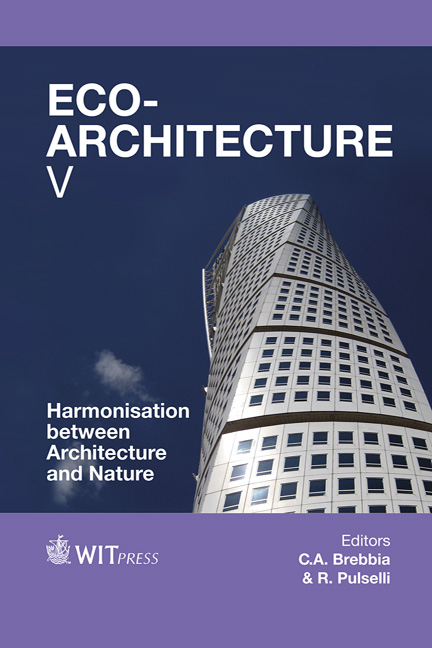Indoor Air Quality: An Enviro-cultural Perspective
Price
Free (open access)
Transaction
Volume
142
Pages
9
Page Range
187 - 195
Published
2014
Size
307 kb
Paper DOI
10.2495/ARC140171
Copyright
WIT Press
Author(s)
O. E. Mansour
Abstract
A healthy building seems to be desirable even if one does not know about its true implication on building occupants, performance, efficiency, productivity, cost, and maintenance. However, convincing a project’s developer or building’s owner about the merits of taking care of the indoor air quality is not as easy as most buildings’ users think. This hardship is because the justification of the extra effort, time and resources needed for establishing a building with a higher level of indoor air quality is not as easy as many other building aspects. Architects and engineers can justify a higher price for stylish furniture, or better lighting design for a building’s owner easier than justifying the cost of a system’s add-ons needed for better indoor air quality. Studies show that some cultural dimensions are involved in the perception of the environmental risk, and hence impact the decision of having healthy buildings at the design stage. This paper analyzes the perception of the foreseeable extra cost and effort required for having a healthy building with a higher level of indoor air quality in light of the perception of the environmental risk and some other cultural factors. This empirical analysis is helpful for prospective developers and owners as it might be a great motivation for them to spend on enhancing the indoor air quality of their buildings. The argument is also critical for understanding the factors that lie behind the levels of indoor air quality in the built environment across cultures.
Keywords
indoor air quality, environmental risk, culture, healthy building, perception, decision making





